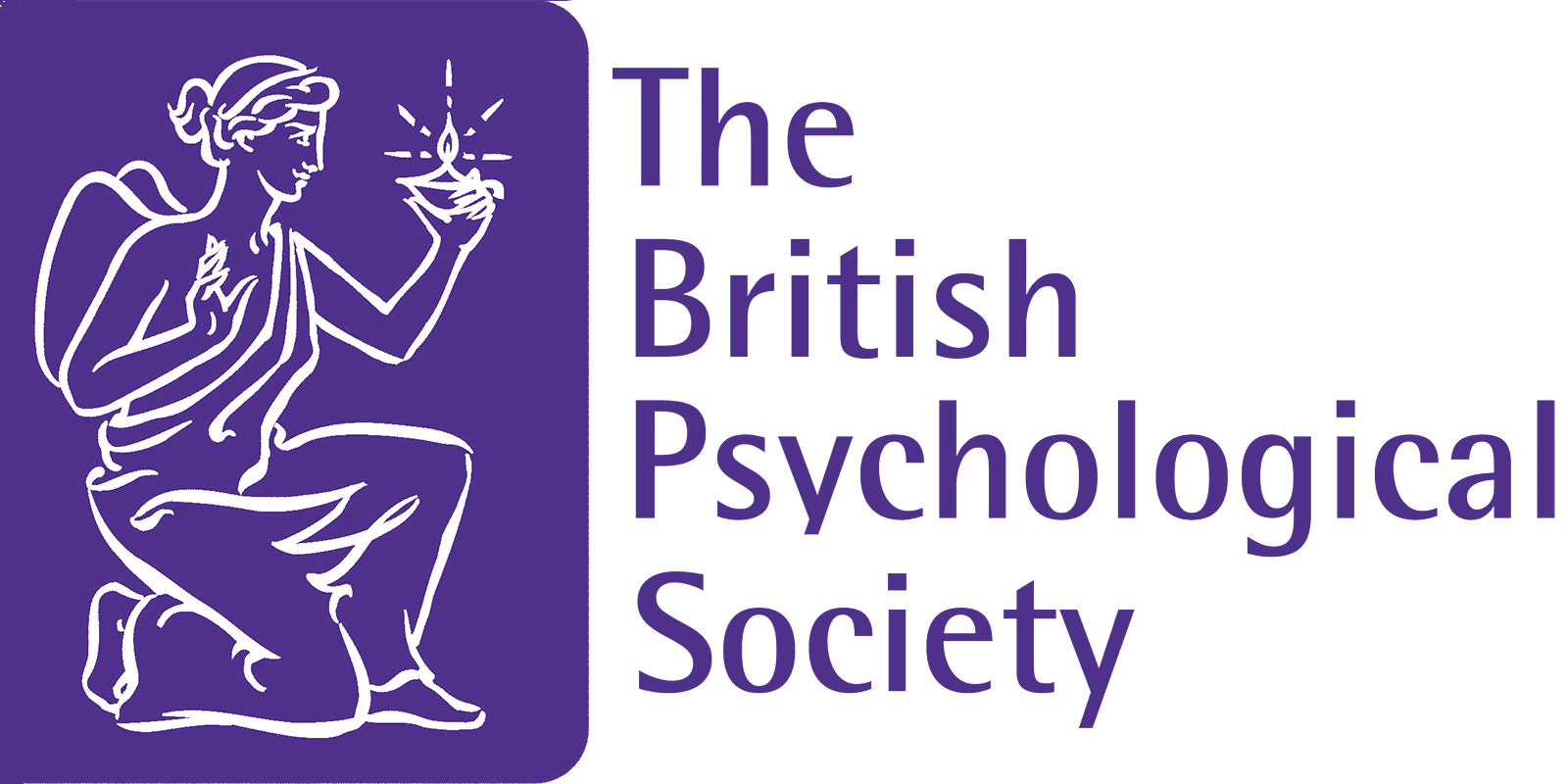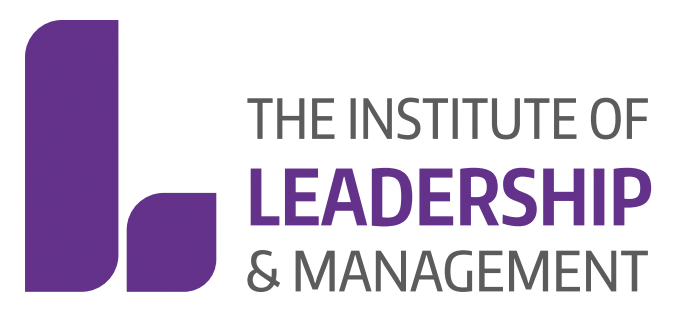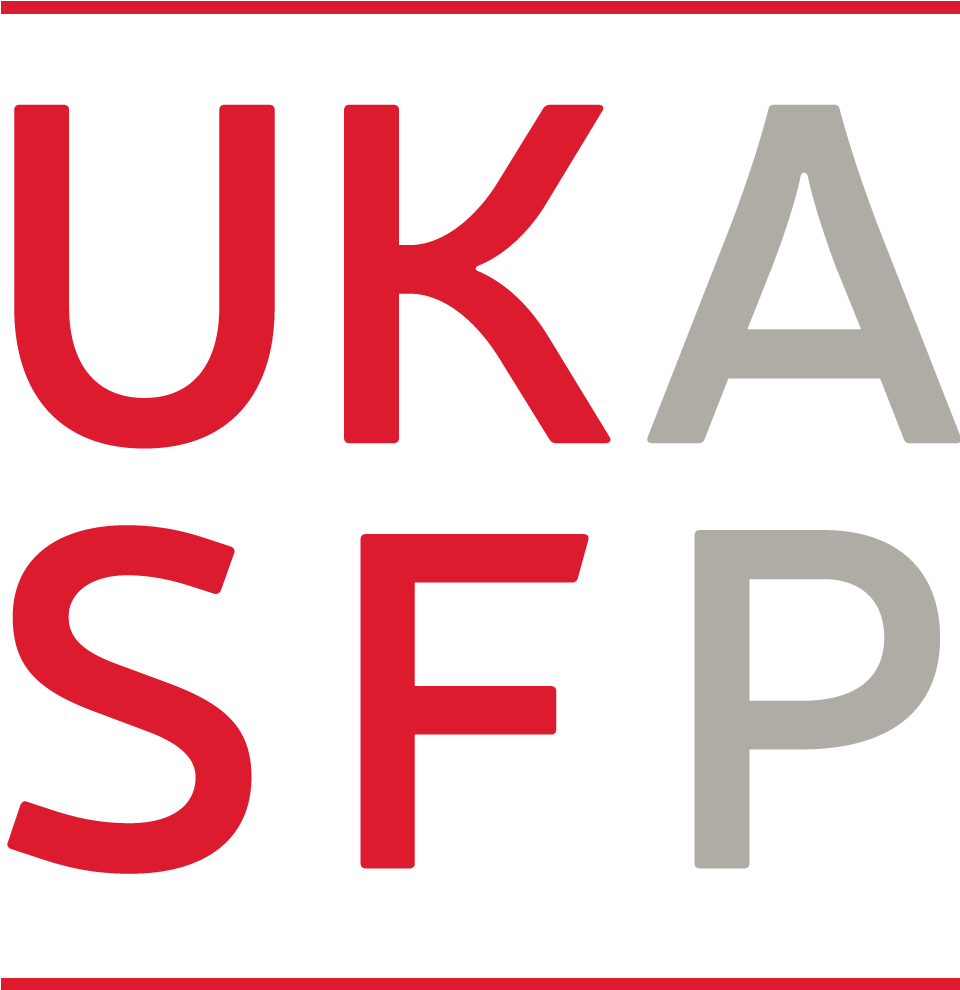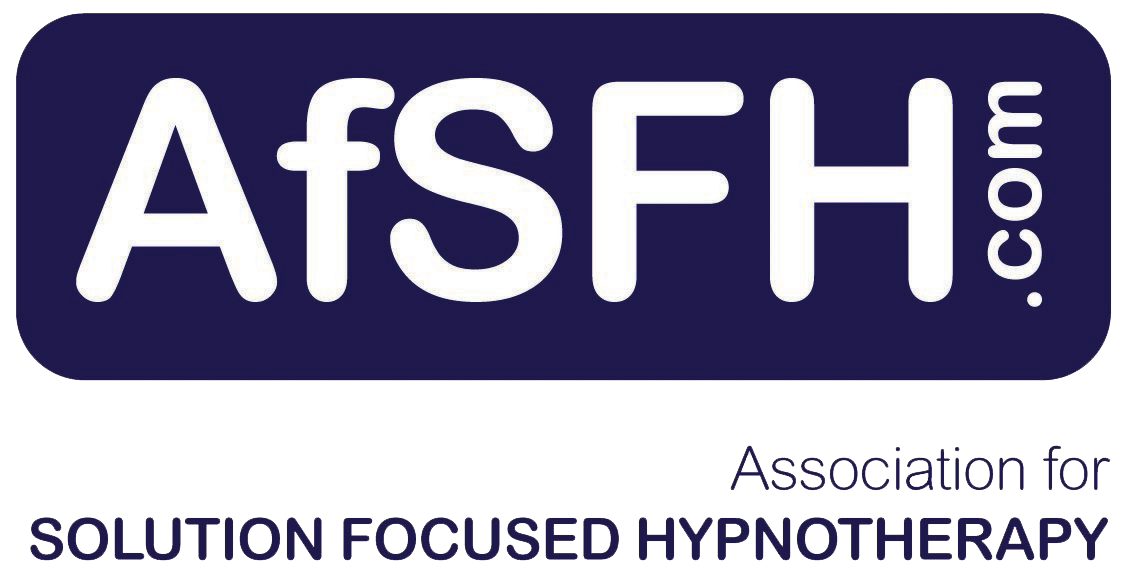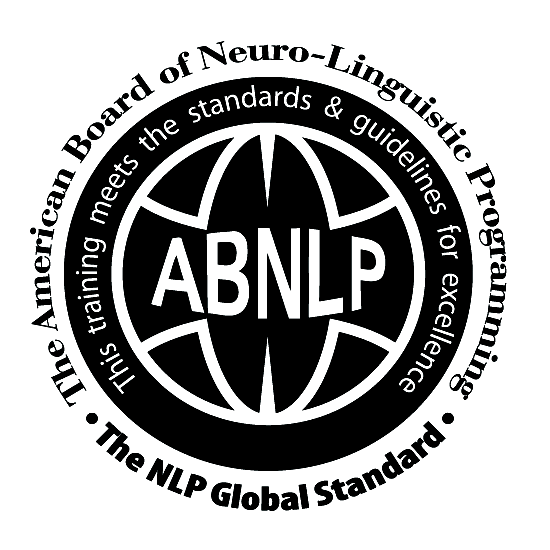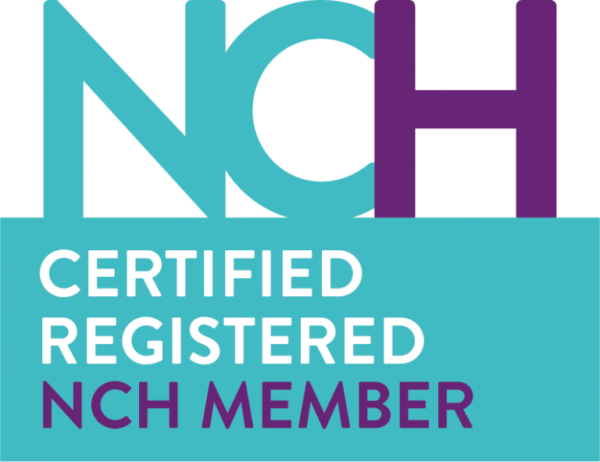Neuro-linguistic programming (NLP)
23.12.2021
Change your life personally and professionally with NLP
What is NLP, who developed it and what is it used for?
Neuro-linguistic programming (NLP) is a pseudoscientific approach to communication, personal development and psychotherapy created by Richard Bandler and John Grinder in California, United States, in the 1970s. It is believed that there is a connection between neurological processes (neuro-), language (linguistic) and behavioural patterns learned through experience (programming), and that these can be changed to achieve specific goals in life. Bandler and Grinder also believe that NLP methodology can "model" the skills of exceptional people, allowing many to acquire those skills. They believe as well that NLP can treat common problems such as phobias, depression, anxiety and psychosomatic issues. NLP can also be used to improve self-confidence, self-esteem, self-worth and motivation to act. NLP is used by some hypnotherapists and also by companies that run seminars marketed as leadership training to businesses and government agencies.
I trained as an NLP master practitioner nearly twenty years ago and many Neuro Linguistic programming tools and techniques from NLP have proven successful with my clients, time and time again.
Techniques of note are anchoring to achieve a state change, for example anxiety to calm, well formed outcomes for helping to achieve goals, perceptual positions for behavioural flexibility and parts integration for resolving inner conflict.
Who can use and provide NLP?
NLP is helpful to all age groups from children to older adults who want to achieve change. Useful in today’s world, it is flexible in being effective face to face, virtually or in a self-help format.
You can do NLP yourself as part of your self-development using books and media sources. I would suggest that this is a good place to start your journey.
If you would like help and support, a qualified and experienced NLP professional can be used. The best starting point is to have a conversation about the specific changes you want to achieve. This will help to determine whether NLP is the best starting point.
How does NLP work?
NLP works on the basis that we can change the language that we use in our brain and programme it through repetition. A simple example is the positive affirmation. For example, I say to myself each morning before I open my eyes even, “Just for today I will deal with whatever happens in my day calmly and positively”. I have been doing this for years now and I would give myself 80-100% these days. My old self would be anxious and negative if a curve ball hit me and I would rate myself 40-50% back then.
When we are fearful, angry or sad, we can fall into negative thinking patterns that make us feel bad. This can lead to all sorts of problems including relationships, bad habits and work issues. NLP helps to raise awareness of negative dysfunctional thoughts such as generalisations, distortions and deletions. We can then reframe our thinking to be more functional, feel and act better.
NLP like Cognitive Behavioural Therapy (CBT) explains that it is how we react to life events, not the events themselves that cause dysfunctions. It helps us to reframe our thinking by choosing thoughts that are helpful and kind. I help my clients to work through their own examples; we discuss their experience and behaviours now and talk though the new ways of being.
In my own Bristol-based practice, I set homework for my clients to practice NLP, so that they can achieve their specific goals and overcome obstacles as they progress. NLP helps you to get past old unhelpful rules and beliefs and to develop and practice new ones that are helpful and become habitual.
What are examples of questions asked in an NLP session?
What thoughts are you experiencing just now that you perceive as negative, unhelpful or unkind?
What could you think of instead that would be realistic and positive, helpful and kinder?
For example:
Event
Thought/Interpretation
Feelings/Emotions & physiology
Boss walks past without acknowledging you
I have done something that has upset her
Anxiety, stomach tightness
She has not seen me she is so preoccupied
Calm/Concern
It helps to understand a bit more about why we develop dysfunctional thinking so that we may catch ourselves doing it. We can then challenge the thought by asking if it is helpful; the answer is always no. We can then change our thinking to more helpful thoughts. There are four main cognitive distortions:
- Arbitrary Interpretation - without factual evidence telling ourselves something such as “I’m useless” having just failed to do one or several things. Here we are not paying attention to all the things we have been useful at.
- Selective abstraction - choosing to focus more on what is not right than right such as “75% is not good enough”.
- Over generalisations - I made a mistake, so I am a weak person, failing to identify other external causes and factors.
- Magnification and minimalization - for example something goes wrong at the end of my presentation and I say that “this ruined the whole thing”. Sometimes termed catastrophic thinking, “nothing ever goes right for me” or “I am never good enough”
How does NLP work from here?
We identify the resources that you have that may help to resolve the issues. You can then practice using these skills plus your new thoughts and beliefs, to monitor the impact of this new way of being on your behaviour, actions and outcomes. There may be someone who is a role model for the type of behaviour that you want so you can also watch and practice some of what you observe.
Before 1970 we thought that the brain was static and that what you developed through nature and nurture in your early years was what you were stuck with. Later, neuroscience research showed that we can address negative thoughts, rules and core beliefs. Through positive thinking and practising new beliefs with new behaviours alone and with others we can expand the left prefrontal cortex, the part of the brain responsible for positive thinking. Think of this as effectively rewiring your brain. This is life transforming and something that I would like everyone to experience.
Sometimes and with your permission, I use hypnotherapy combining hypnotic language with your specific goals to embed new programmes into your subconscious. The process is completely natural and often highly effective.
I also help my clients to develop strategies for successful living through NLP practices. Common ones are motivation to act and decision making.
Anchoring is popular for self-presentation. For example, for interview or speech preparation, I use different anchors depending on the client's preferred thinking pattern. Clients that think mainly visually do well with digit anchoring, while kinaesthetic clients preferred the circle of excellence technique. The best way to understand this is to decide whether you are more visually or movement oriented. Then we can discuss the NLP technique in relation to your specific outcome.
Perceptual positions can really help you to consider say three people’s perspectives including your own within a team. During this process you can experience what the perspective of each person is likely to be before you decide how to proceed.
How do I find out if NLP and professional support is for me?
You may book a complimentary initial consultation with me, ask any questions that you may have and check for rapport between us by filling in the Get in touch form

